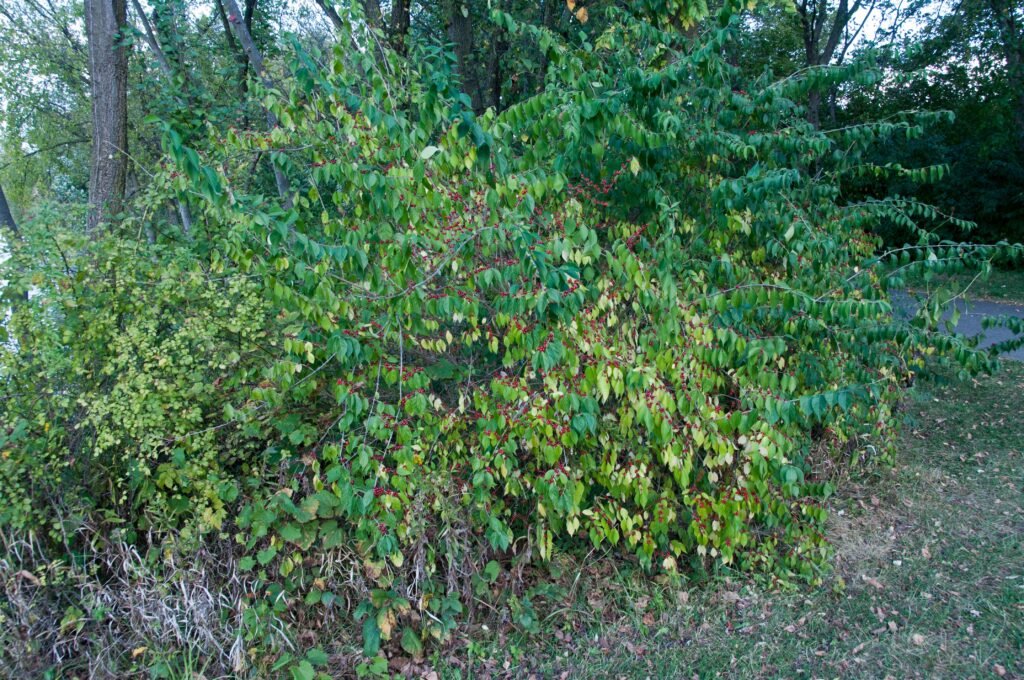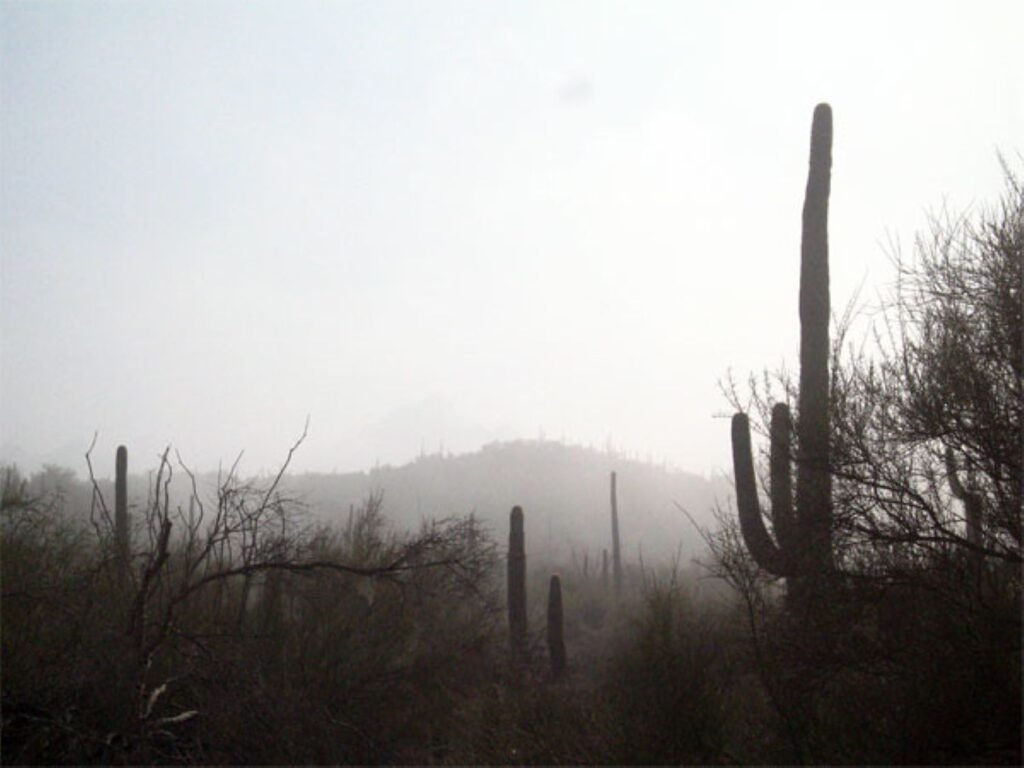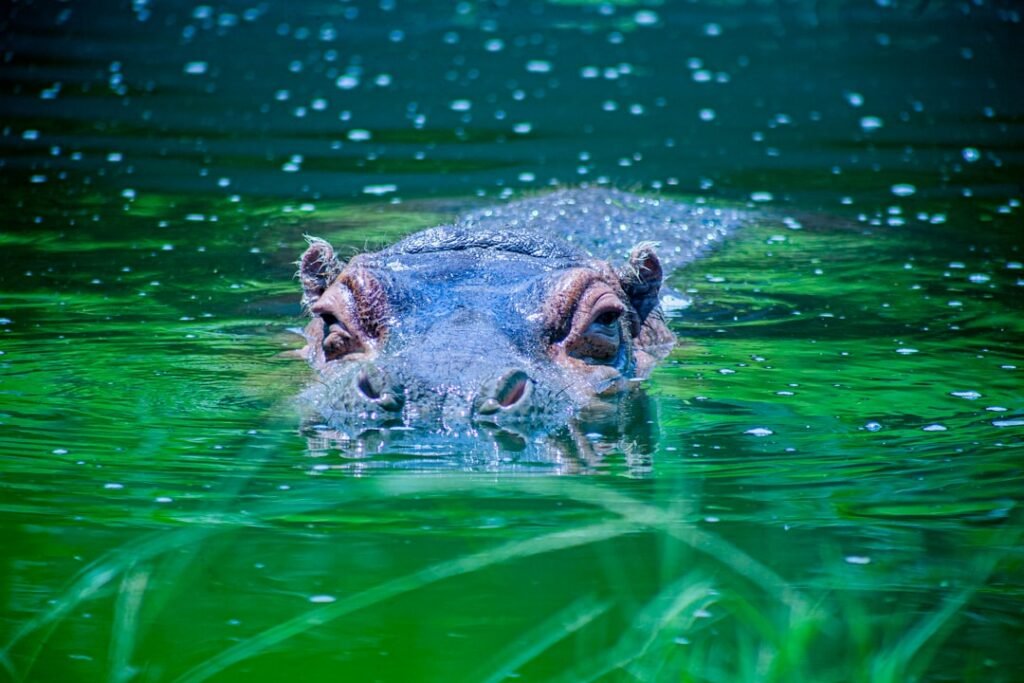Imagine a landscape choked by thorny thickets, wild grasses towering over native flowers, and forests silenced by invasive plants. Now, picture a herd of goats munching away at those very invaders, or a line of flames carefully set to dance across the land—not in destruction, but in defense. It might sound wild, even a little reckless, but these are some of the boldest, most ingenious tools in our fight for nature’s balance. Prescribed burning and goats aren’t just quirky solutions—they’re rewriting the story of conservation, bringing together age-old wisdom and cutting-edge science. Let’s step into the heart of this fiery, furry revolution.
The Invasion Nobody Saw Coming
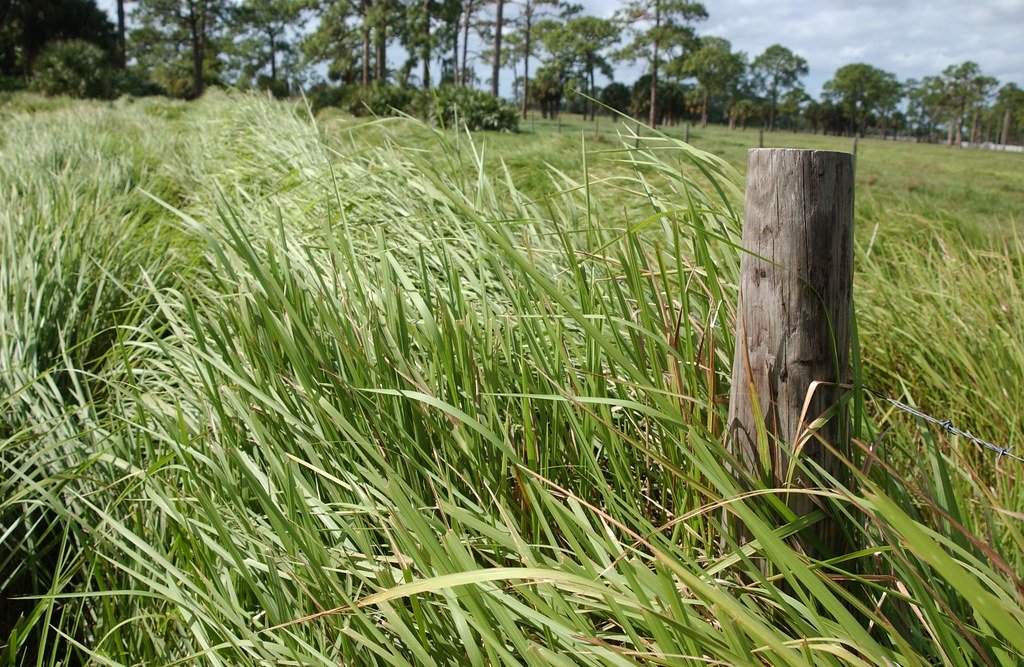
Invasive plants sneak into new territories like uninvited guests at a party, quickly taking over and making it impossible for the original residents to thrive. Kudzu, cheatgrass, and Himalayan blackberry are just a few of the notorious names on the list. Once established, these species outcompete native plants, disrupt wildlife habitats, and drain vital resources. The speed and stealth at which invasives spread can leave entire ecosystems gasping for relief. Many people don’t realize how much these invaders cost, both environmentally and economically. The battle is relentless, and traditional methods like herbicides and mowing often fall short. That’s why scientists and land managers are turning to some of nature’s oldest tricks—fire and grazing.
Why Traditional Methods Often Fail
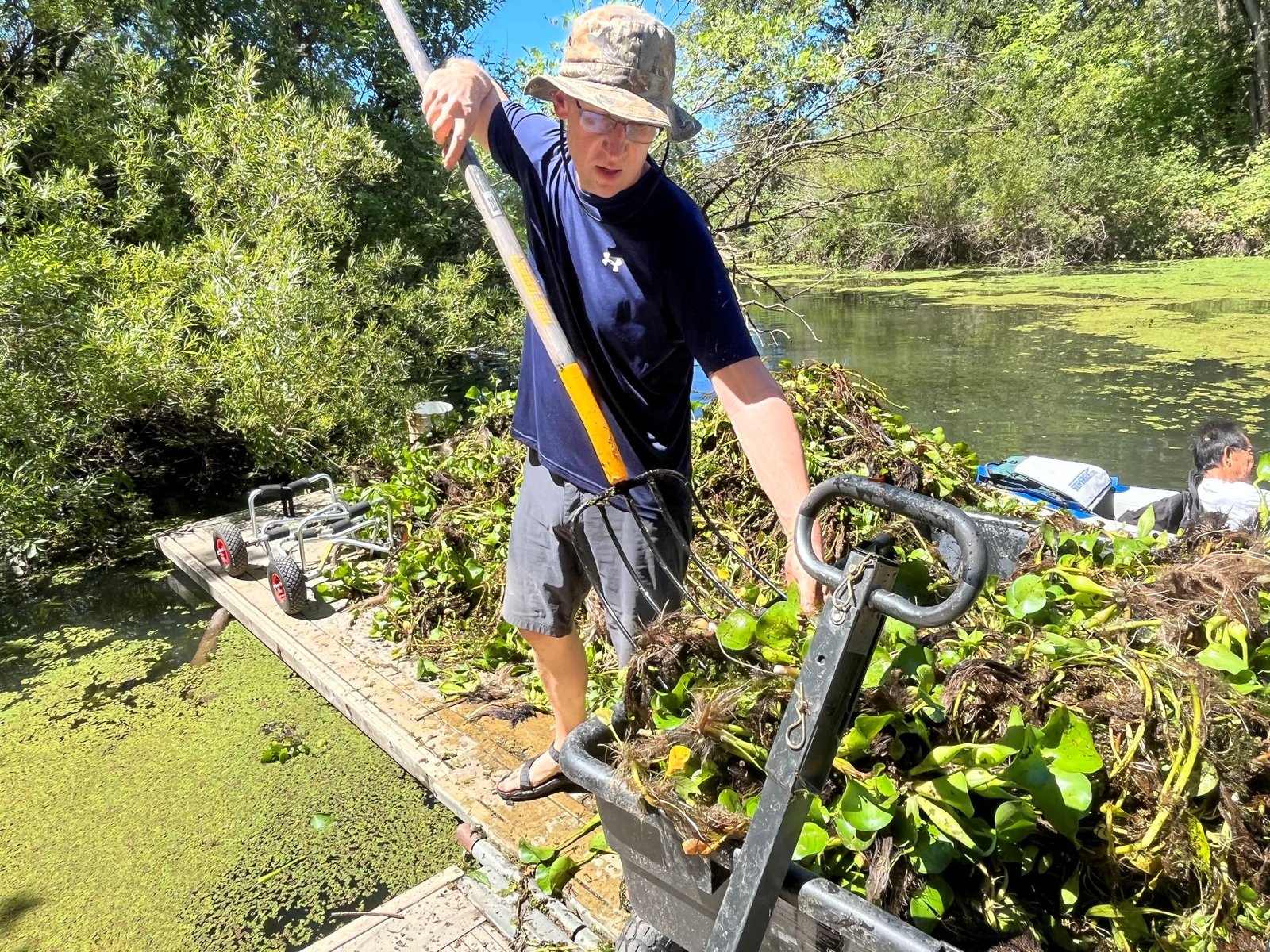
For decades, battling invasives meant endless hours with weed whackers and gallons of chemicals. While these methods can provide short-term relief, they often don’t solve the problem at its root—literally. Many invasive plants have deep, resilient root systems or produce seeds that linger in the soil for years. Chemical controls can harm non-target species and pollute water sources, leading to unintended side effects. Mechanical removal, like mowing or digging, is labor-intensive and sometimes just spreads the problem. These challenges have forced land managers to look for smarter, more sustainable solutions. Enter prescribed burning and a certain four-legged hero.
The Science Behind Prescribed Burning
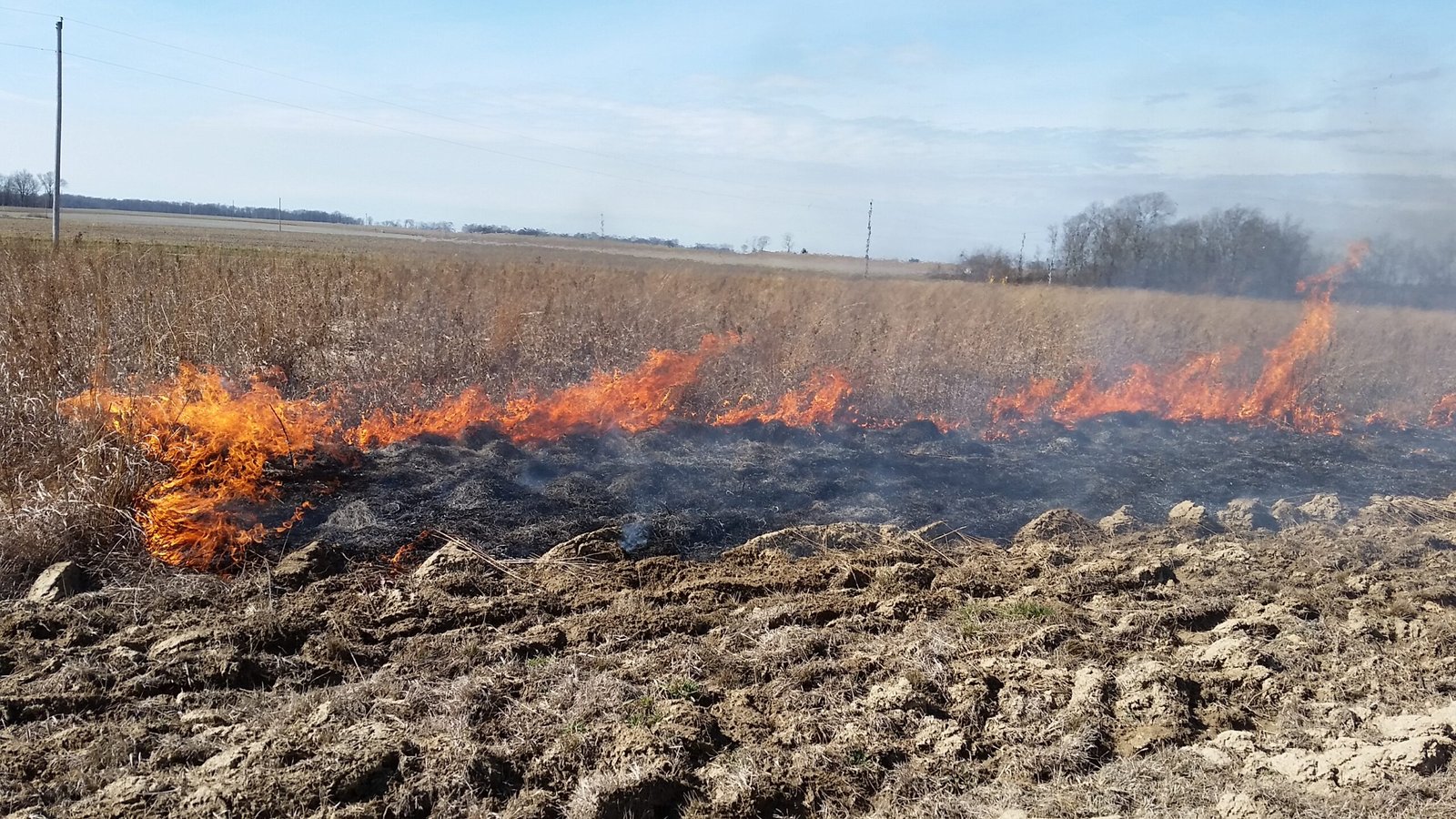
Prescribed burning is not just lighting a match and hoping for the best. It’s a carefully planned, scientifically managed process that mimics natural fire cycles. Fire has been shaping landscapes for millennia, clearing away dead material and making room for new growth. Invasive plants often lack the adaptations to survive these fires, while many native species have evolved to bounce back quickly. By reintroducing fire under controlled conditions, ecologists can give natives a fighting chance. Controlled burns are meticulously timed, often in late spring or fall, to maximize impact on invasives and minimize harm to wildlife. With each burn, the balance tips a little more in favor of the original ecosystem.
Meet the Goats: Nature’s Four-Legged Mowers

Goats are surprisingly picky eaters with a knack for gobbling up plants that most livestock avoid. Their strong jaws and tough stomachs allow them to tackle thorny shrubs, woody vines, and stubborn weeds. Unlike sheep or cattle, goats browse rather than graze, meaning they eat a wide variety of plants—including many invasives. Their natural curiosity and constant movement help ensure that they don’t just clear one spot and move on; instead, they sweep across the landscape, chewing down problem areas. Over time, this relentless munching can knock back even the most persistent invaders, opening space for native plants to return.
Goat Browsing: A Living Experiment
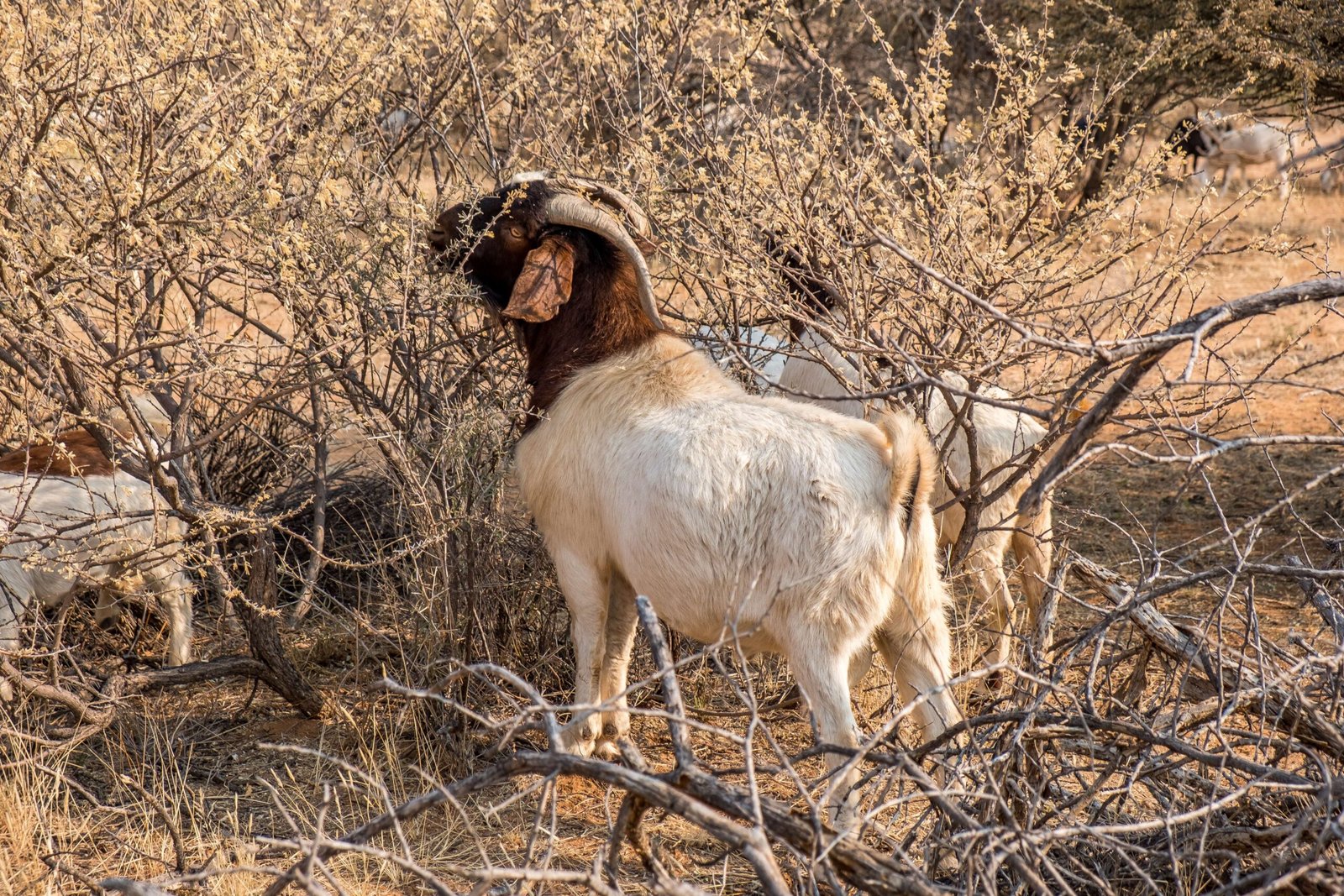
When goats are unleashed on invasive thickets, the results can be both dramatic and entertaining. In California, goats have been deployed to battle poison oak and thistle at parks and schools. In the Midwest, they’re used to clear buckthorn and honeysuckle from woodlands. The process isn’t instantaneous—goats need time to make a dent, and repeated visits are often necessary. But their impact is undeniable. As they strip away leaves and bark, they weaken invasive plants, giving native seedlings and wildflowers a chance to reclaim their turf. Land managers often describe goat browsing as a “living experiment,” blending animal behavior with ecological restoration.
Safety First: Managing Prescribed Burns

Controlled burns carry obvious risks, but modern fire science has turned this ancient tool into a precision instrument. Teams of trained professionals plan every detail, from wind direction and humidity to escape routes and emergency protocols. Firebreaks—strips of bare ground—are carved to contain the flames. The timing is critical; burns are scheduled when weather conditions are just right to keep the fire manageable. Firefighters monitor the perimeter, ready to act if the blaze gets out of hand. With the right precautions, prescribed burning is remarkably safe, and the benefits far outweigh the risks.
Unexpected Benefits of Goat Grazing

Goats offer more than just weed control. Their hooves till the soil, helping seeds settle and sprout. Their droppings act as a natural fertilizer, enriching the land with nutrients. As goats wander, they break up dense underbrush, reducing fire risk and making the landscape safer for people and wildlife. In some cases, goats have even been used to clear brush around power lines, preventing devastating wildfires. Landowners appreciate their low-cost, low-impact approach. And let’s face it—watching a herd of goats hard at work is oddly satisfying.
When Fire Meets Fur: The Combo Approach
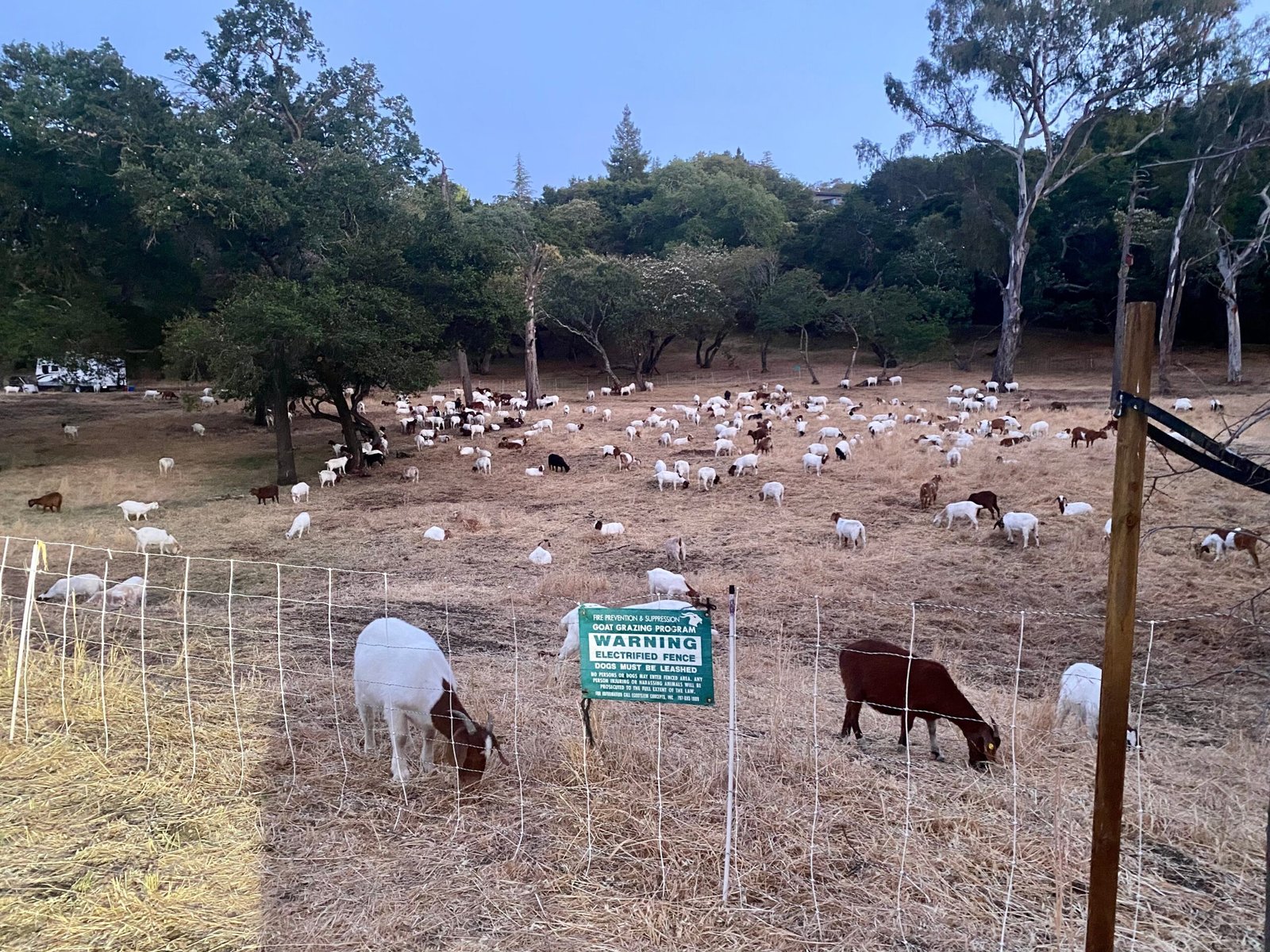
Some of the most successful invasive control projects use both fire and goats in tandem. Goats are first set loose to nibble down the thickest vegetation, making it easier and safer to conduct a prescribed burn. After the fire, goats return to feast on any resprouts or seedlings, keeping invasives from bouncing back. This tag-team method takes advantage of each tool’s unique strengths. The combination has proven effective in grasslands, forests, and even urban parks. It’s a synergy that brings together the best of both worlds.
Challenges and Limitations

Neither fire nor goats are silver bullets in the fight against invasives. Some plants are resistant to grazing or can quickly regrow after being burned. Goats need to be managed carefully—they can overgraze or wander into sensitive areas if not supervised. Prescribed burns can’t be done everywhere; nearby homes, roads, or sensitive wildlife may make them impractical. Weather, funding, and public perception also play a role. Still, these challenges haven’t stopped land managers from pushing forward and adapting their methods to fit each unique landscape.
Community Engagement and Education

Prescribed burning and goat grazing aren’t just scientific tools—they’re also community events. Neighbors gather to watch goats at work, snapping photos and sharing stories. Some organizations hold “Goat Days,” inviting schools and families to learn about invasive species and the importance of ecosystem management. Fire crews host workshops and demonstrations, teaching the public about the science and safety of controlled burns. These events build trust and excitement, turning conservation into a shared mission.
High-Tech Tools Meet Ancient Wisdom

Today’s land managers aren’t just lighting fires or releasing goats—they’re using drones, GPS mapping, and soil sensors to track their progress. Satellite imagery can reveal the spread of invasives and the impact of interventions. Scientists collect data on plant regrowth, animal populations, and soil health before and after burns or grazing. This blend of high-tech monitoring with time-tested methods creates a powerful feedback loop, allowing for constant learning and improvement.
Success Stories from the Field
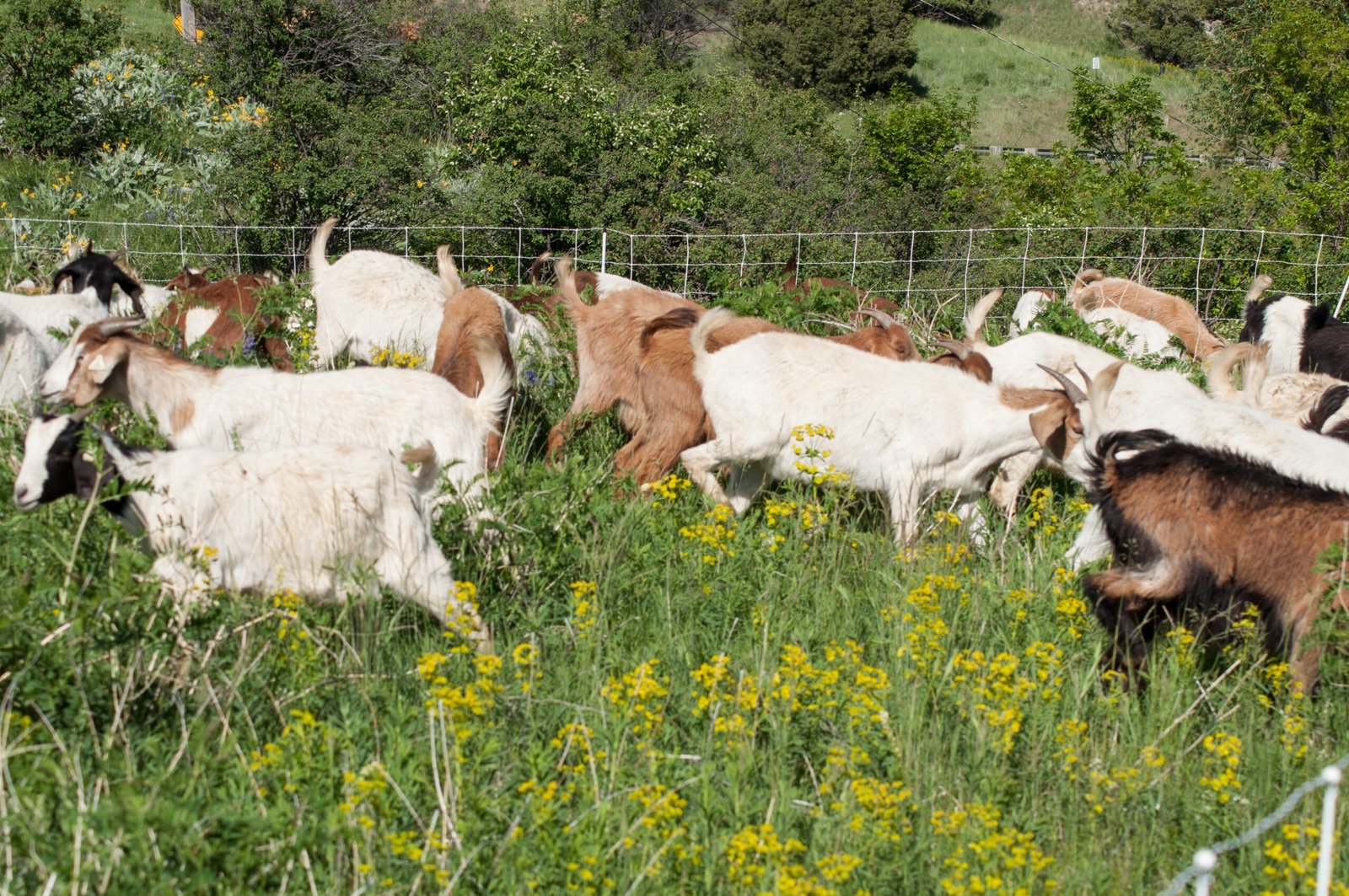
Across the United States and beyond, prescribed burning and goats have turned the tide in the battle against invasives. In Texas, controlled burns have restored native prairie grasses and curbed the spread of mesquite. In Oregon, goats have helped reclaim oak savannas from blackberry thickets. Even in urban settings, like San Francisco’s parks, goats have made a noticeable difference. Each success story inspires others to try these wild solutions, creating a ripple effect of restoration.
The Role of Policy and Partnerships

None of these efforts happen in isolation. Government agencies, nonprofit groups, and private landowners all play a role. Policies supporting prescribed burning and grazing are critical to making these projects possible. Partnerships bring together funding, expertise, and volunteers. Sometimes, local ordinances need to be changed to allow for goat herds or fire use. These collaborations are essential for scaling up and sustaining invasive species control across regions.
Looking to the Future: Innovation and Adaptation

The fight against invasive species is always evolving. Scientists are experimenting with new burn techniques and rotational grazing patterns. Breeders are selecting goats with particular appetites for stubborn plants. Researchers are exploring how climate change may alter fire regimes and plant invasions. The future will likely bring even more creative solutions, blending biology, technology, and community wisdom. Staying flexible and open to new ideas is key.
Personal Reflections: Why It Matters
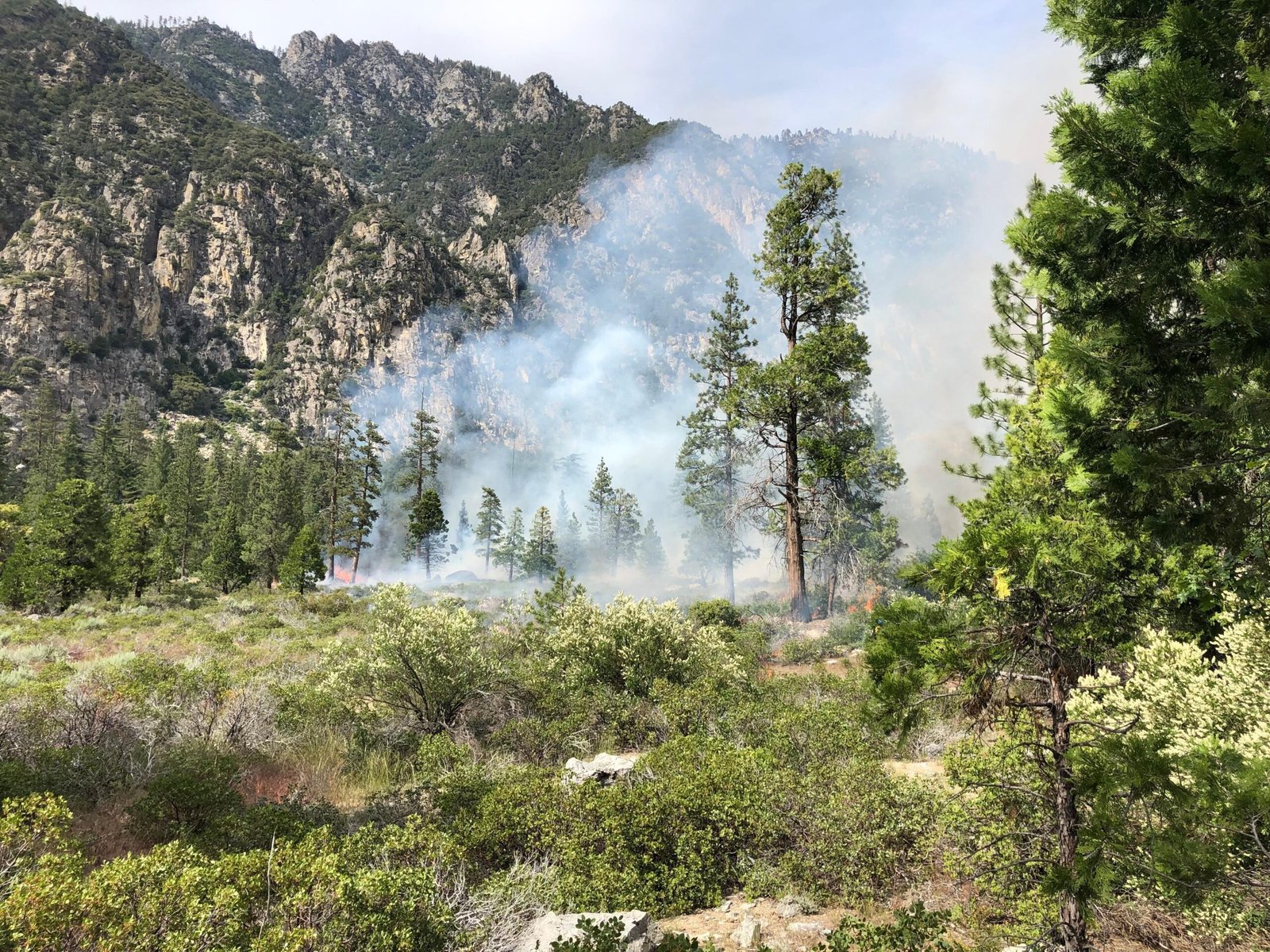
Standing in a field after a successful burn or watching goats methodically clear a hillside, you can’t help but feel a spark of hope. There’s a sense of connection—to the land, to ancient practices, and to a future where wild places can thrive. As someone who’s watched local parks transform through these efforts, I’m convinced there’s something magical in these approaches. They remind us that, sometimes, the wildest solutions are also the wisest.
Takeaways from the Frontlines of Conservation
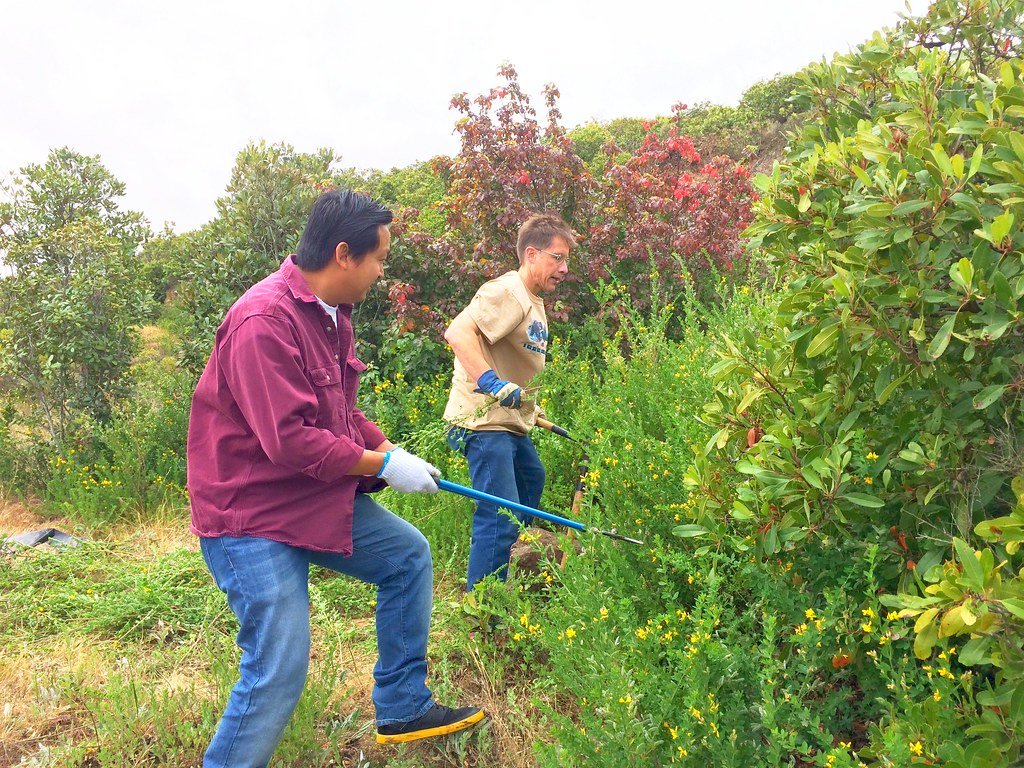
Prescribed burning and goats are transforming how we battle invasive species, proving that innovation and tradition can work hand in hand. These methods restore balance, boost biodiversity, and inspire communities to get involved. As we move forward, the world will need more creative, courageous approaches to protect our natural heritage. Could the answer to our biggest environmental challenges really be as simple as fire and goats?

